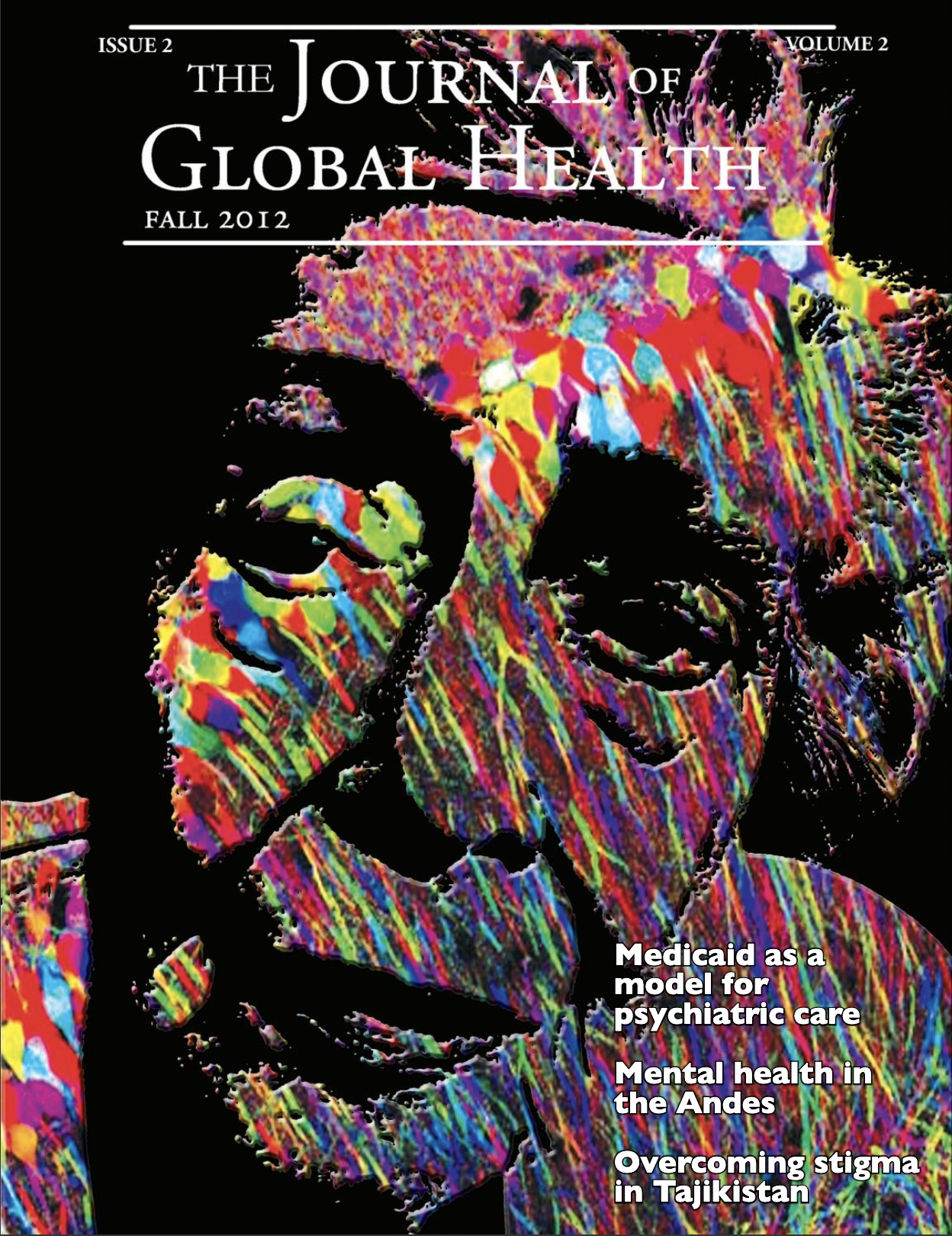Bridging the Gap
Main Article Content
Abstract
The ‘Friendship Bridge’ between Khorog (Gorno-Badakshan, Tajikistan) and the village of Shugnan (Afghan Badakshan, Afghanistan) stands over the clear rushing water of the Pyanj River, tucked between the snow-capped mountains at the heart of Central Asia. Since its opening in 2004, the bridge has helped foster plurality and enabled exchange and understanding by opening up local markets and stimulating regional trade. However, it has also served as a medium for the exchange of illicit goods, including narcotics and arms. More specifically, opium drugs are supplied readily from Afghanistan in the form of processed heroin, a derivative of opioid, and sold across the bridge in Tajikistan. This consequence is evidenced by the fact that the number of injected opioid drug users (IDUs) in Central Asia has increased exponentially over the past decade, making opioid overdose a substantial hurdle to an improved standard of living. In 2009, it was estimated that in Tajikistan alone the number of IDUs neared 25,000 in a population of approximately 7.4 million.
Having lived in Tajikistan for six years, I was drawn to get involved with Columbia University’s Global Health Research Center of Central Asia and was assigned to a team of five different non-governmental organizations (NGOs) in the field to create a database that would help us better understand drug use in the region. Our findings shed light on the complicated web that intertwines drug use and mental health issues, the latter being particularly taboo in the region.

